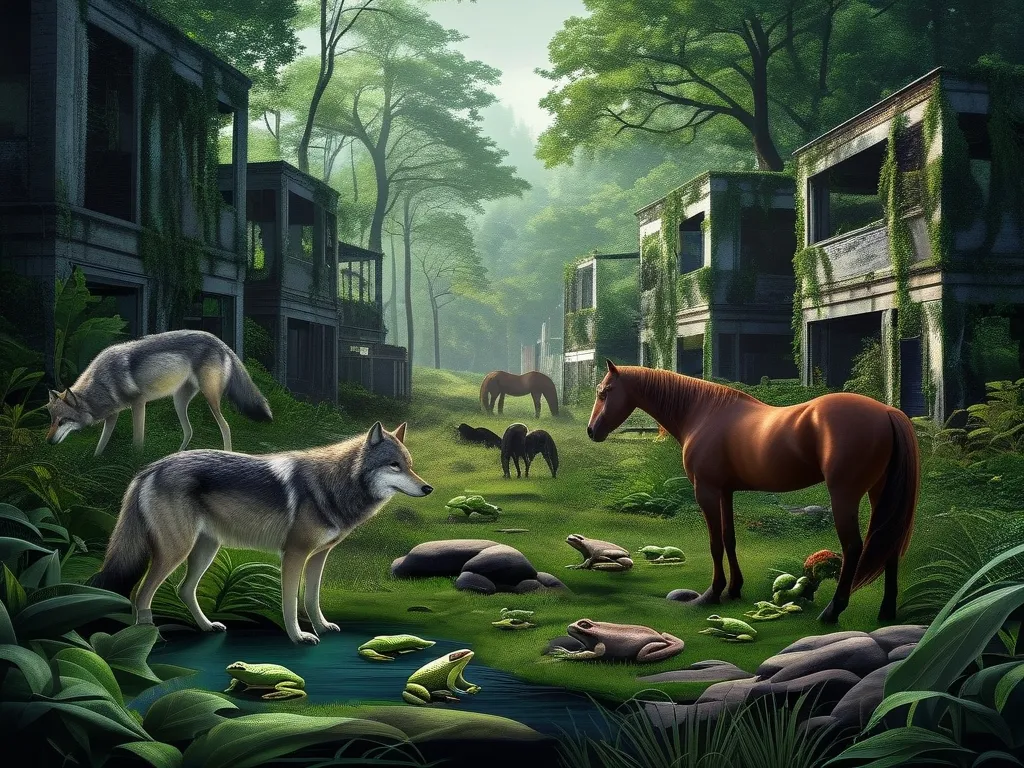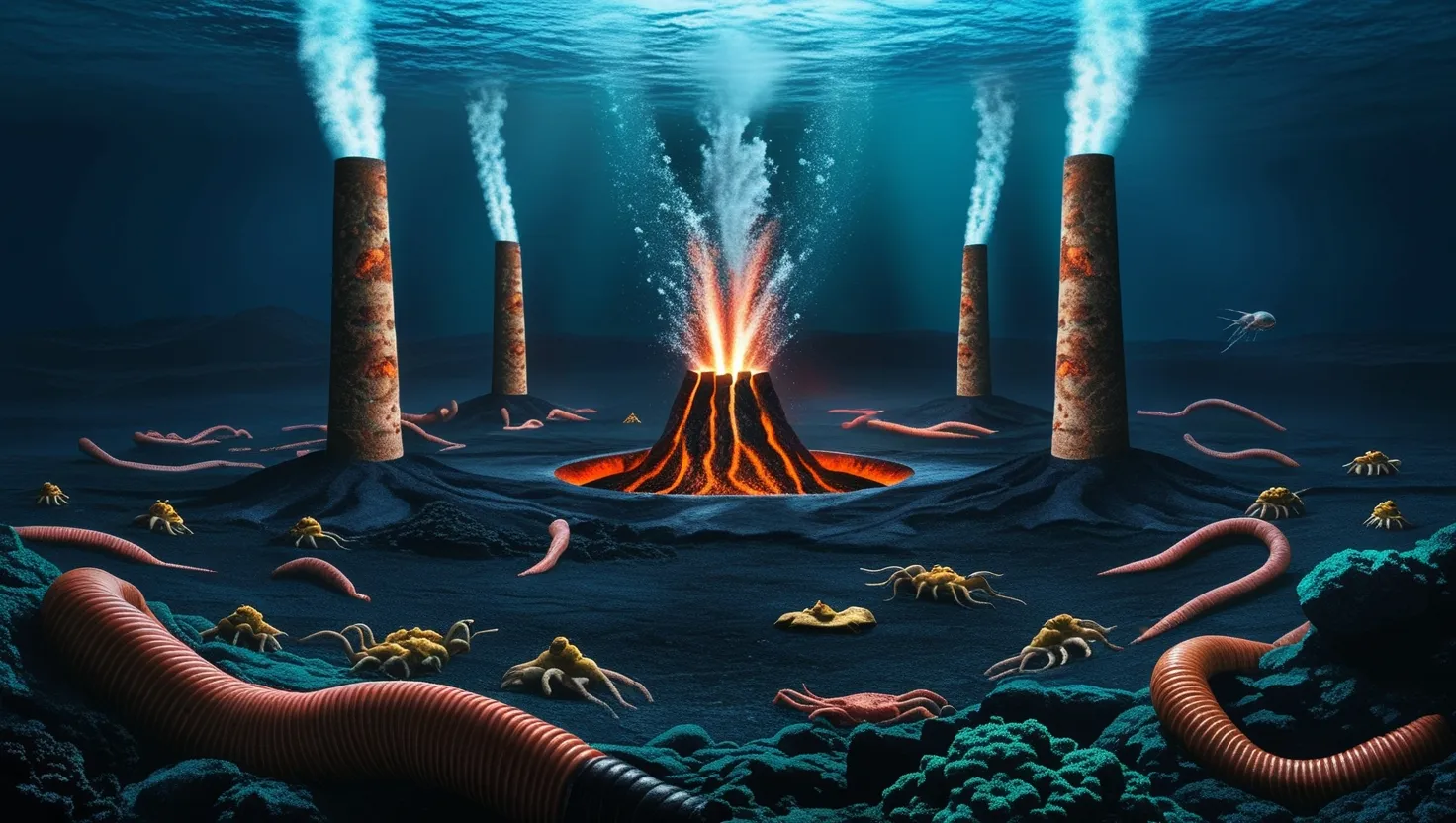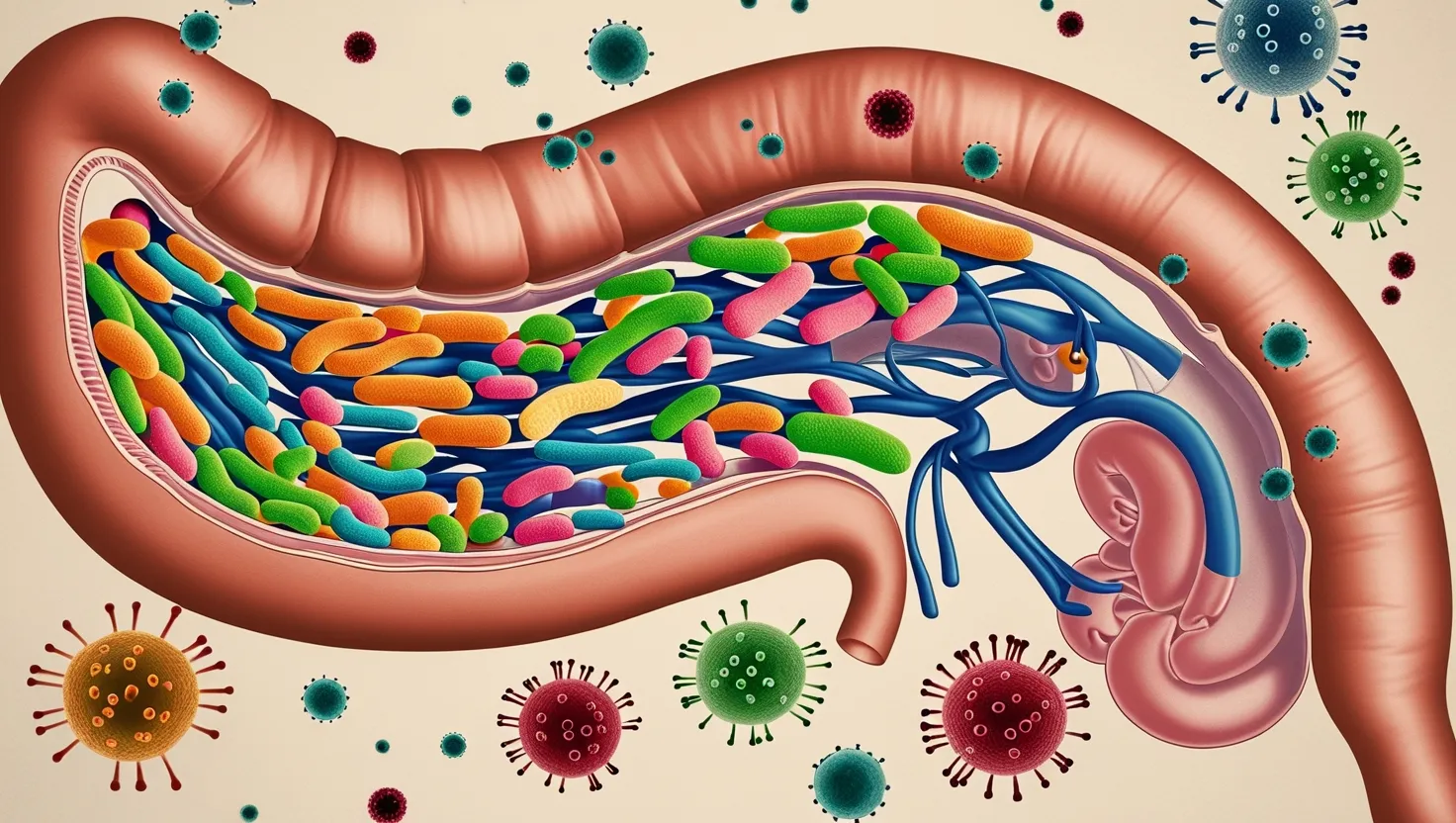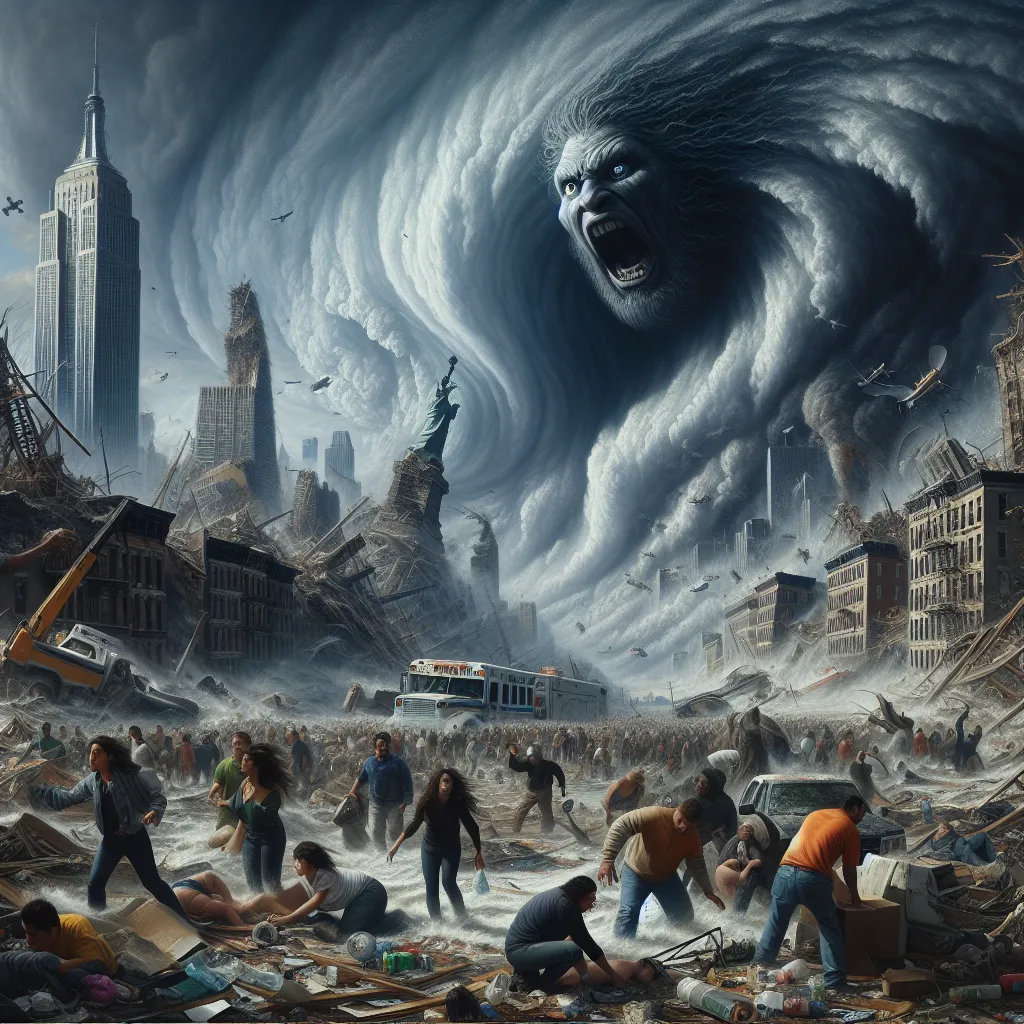As I delve into the enigmatic world of Chernobyl, I am met with a landscape that is both haunting and teeming with life. The Chernobyl Exclusion Zone, a area once deemed uninhabitable due to the catastrophic nuclear disaster of 1986, has become an unexpected haven for wildlife. Here, in the shadows of radiation, animals are not just surviving but thriving, raising intriguing questions about the boundaries of life and the mysteries of evolution.
One of the most fascinating aspects of this ecosystem is the gray wolf population. These wolves, far from being the “mutant” creatures of sensationalist tales, are actually thriving at a rate that is seven times denser than in other nearby wildlife reserves. Research by biologists like Cara N. Love from Princeton University suggests that this success may be attributed to the natural selection of cancer-resistant or cancer-resilient genes within these wolves. Love’s work involves tracking the wolves using GPS collars, monitoring their radiation exposure, and studying their genomic, physiological, and immunological responses to chronic radiation.
The absence of human activity in the exclusion zone is another crucial factor. Without the pressures of hunting and human interference, these wolves can focus on adapting to their radioactive environment. As Love’s colleague, Shane Campbell-Staton, points out, the lack of human threat may be more beneficial to the wolves than any potential genetic adaptations to radiation. This balance highlights the complex interplay between environmental pressures and genetic evolution.
But wolves are not the only creatures that have captured the attention of scientists. Feral dogs, descendants of pets left behind during the evacuation, are also undergoing significant changes. A study analyzing the DNA of 302 feral dogs within the exclusion zone revealed distinct genetic differences compared to dogs living just a few miles away. While it’s challenging to pinpoint radiation as the sole cause of these differences, the data suggests that these dogs may be experiencing rapid evolution. This phenomenon is not unique to dogs; Eastern tree frogs in the area have also shown a remarkable adaptation – many have turned black, a color change that helps them mitigate the effects of radiation through increased melanin.
The story of these frogs is particularly compelling. Normally bright green, the frogs in the Chernobyl area have developed a darker hue, a trait that offers them protection against radiation. This change is believed to be the result of natural selection, where darker frogs had a higher survival rate than their green counterparts. This adaptation is not just a curiosity; it has significant implications for our understanding of how species can rapidly evolve in response to environmental pressures.
Beyond these larger animals, even the smallest creatures are showing remarkable resilience. Microscopic worms, for instance, have been found to be exceptionally tolerant of the radioactive environment. A study by researchers at New York University discovered that these worms, despite living in one of the most radioactive landscapes on Earth, do not show the expected genetic damage from radiation. This resilience is not just about the worms’ ability to withstand radiation; it also hints at their efficient DNA repair mechanisms, which could provide valuable insights into human biology.
The broader ecosystem within the Chernobyl Exclusion Zone is a tapestry of life, with many species thriving in the absence of human activity. Eurasian bison, Przewalski’s horses, and a variety of other threatened or endangered species roam freely here. This diversity is a testament to nature’s adaptability and the complex interactions within ecosystems.
However, the picture is not entirely rosy. While some species are thriving, others are facing significant challenges. Genetic studies have shown elevated rates of genetic damage and mutation rates in many taxonomic groups, including birds, bees, butterflies, and grasshoppers. These effects vary widely among different species, reflecting their unique life histories, physiologies, and behaviors.
The scientific community is divided on the extent to which these changes represent rapid evolution or simply the natural variation that exists within populations. Some argue that the data is not yet robust enough to conclusively prove adaptive evolution in response to radiation. Others see these changes as clear indicators of how species can adapt to extreme environments.
As I reflect on the Chernobyl Exclusion Zone, it becomes clear that this area is more than just a site of nuclear disaster; it is a living laboratory for understanding the intricacies of life and evolution. The animals here are not just surviving; they are evolving, adapting, and thriving in ways that challenge our conventional understanding of biology.
This story is not without its mysteries and controversies. Some speculate that the unique conditions within the exclusion zone might be hiding deeper, less understood mechanisms at play. Could there be unknown factors that are contributing to the resilience of these animals? The answer lies in continued research and a deeper exploration of the genetic, physiological, and ecological changes occurring in this unique environment.
The implications of this research extend far beyond the Chernobyl Exclusion Zone. Understanding how animals adapt to chronic radiation exposure could have significant implications for human health, particularly in the field of cancer research. Collaborations between evolutionary biologists and cancer researchers are already underway, seeking to identify novel therapeutic targets for cancer based on the genetic adaptations observed in these animals.
As I venture deeper into this eerie yet vibrant landscape, I am reminded of the awe-inspiring resilience of nature. The animals of Chernobyl are not just anomalies; they are pioneers in a new chapter of evolutionary history. Their stories, though shrouded in the shadows of a nuclear disaster, illuminate the incredible adaptability of life and invite us to question the very limits of what we thought was possible.
In the end, the Chernobyl Exclusion Zone is a testament to the mysteries that still surround us, a reminder that even in the most unexpected places, life finds a way to thrive. As scientists continue to unravel the secrets of this unique ecosystem, we are drawn into a world where the boundaries between science, mystery, and the unexplained blur, and where the resilience of nature stands as a profound and enduring miracle.






